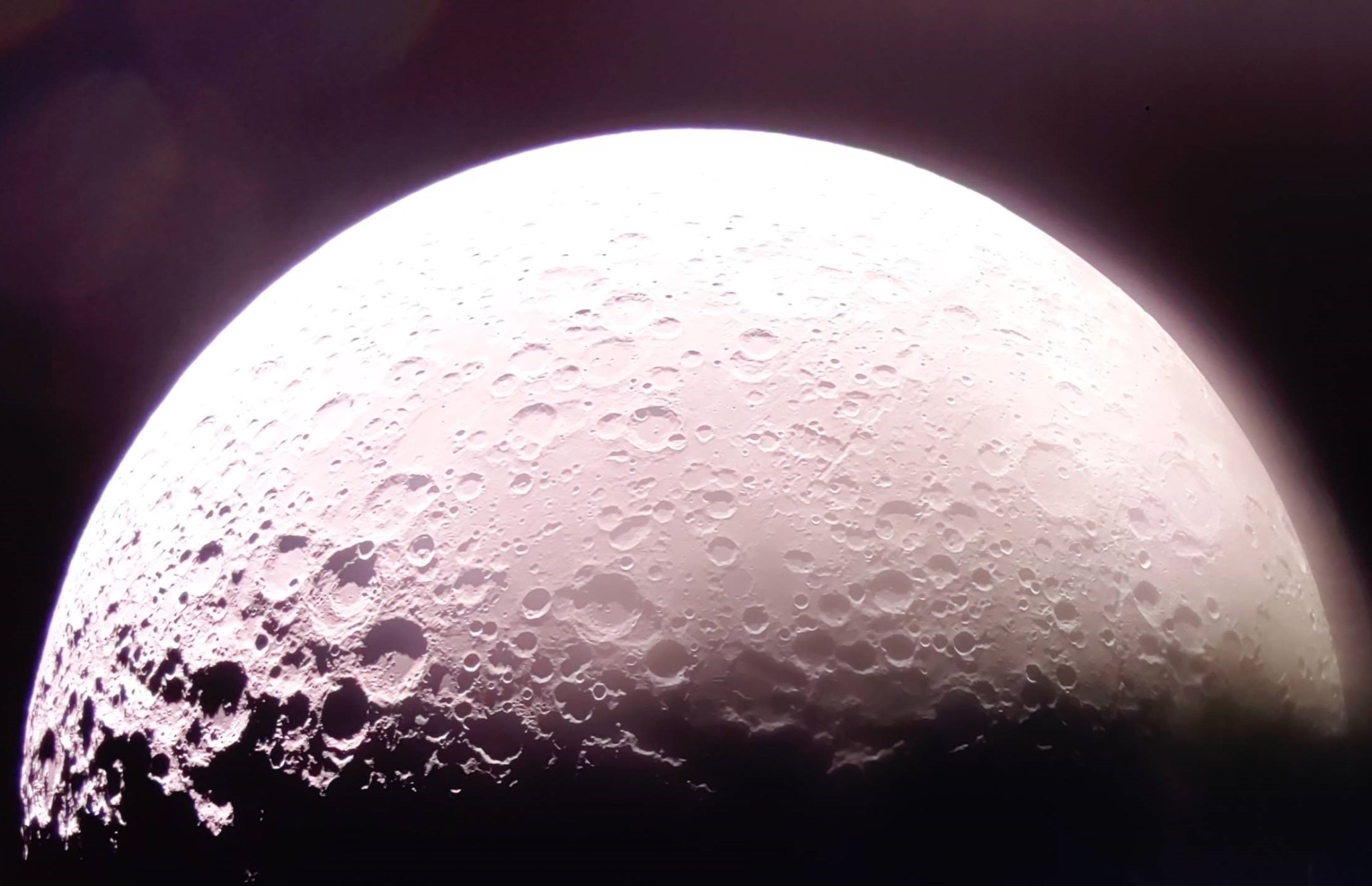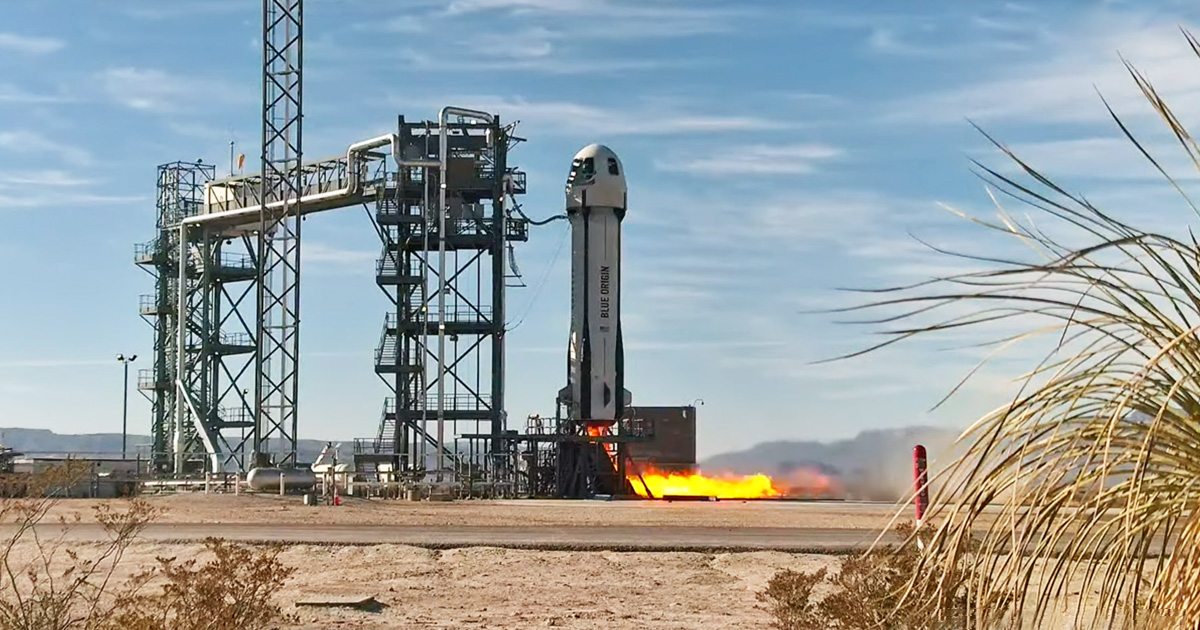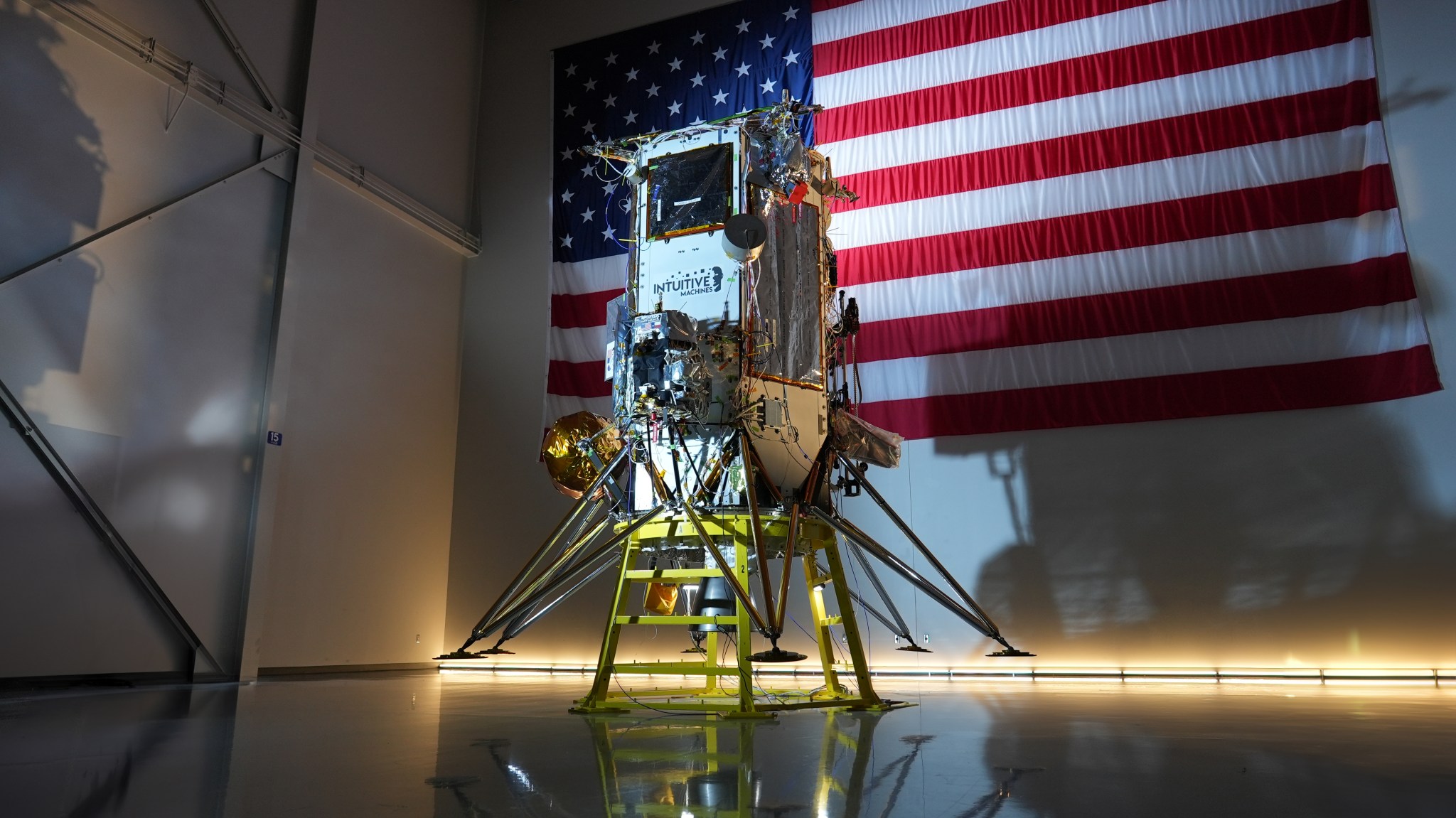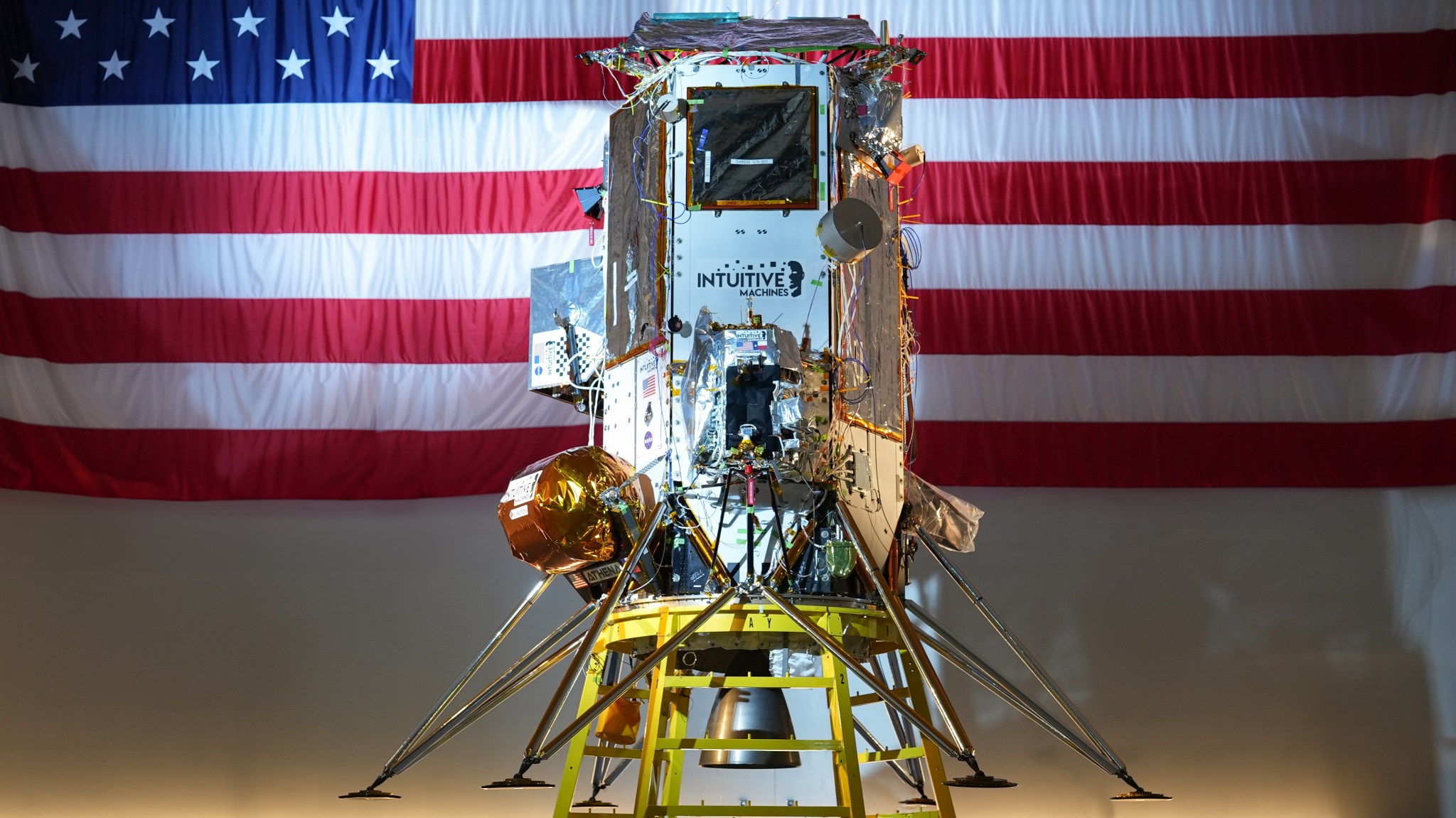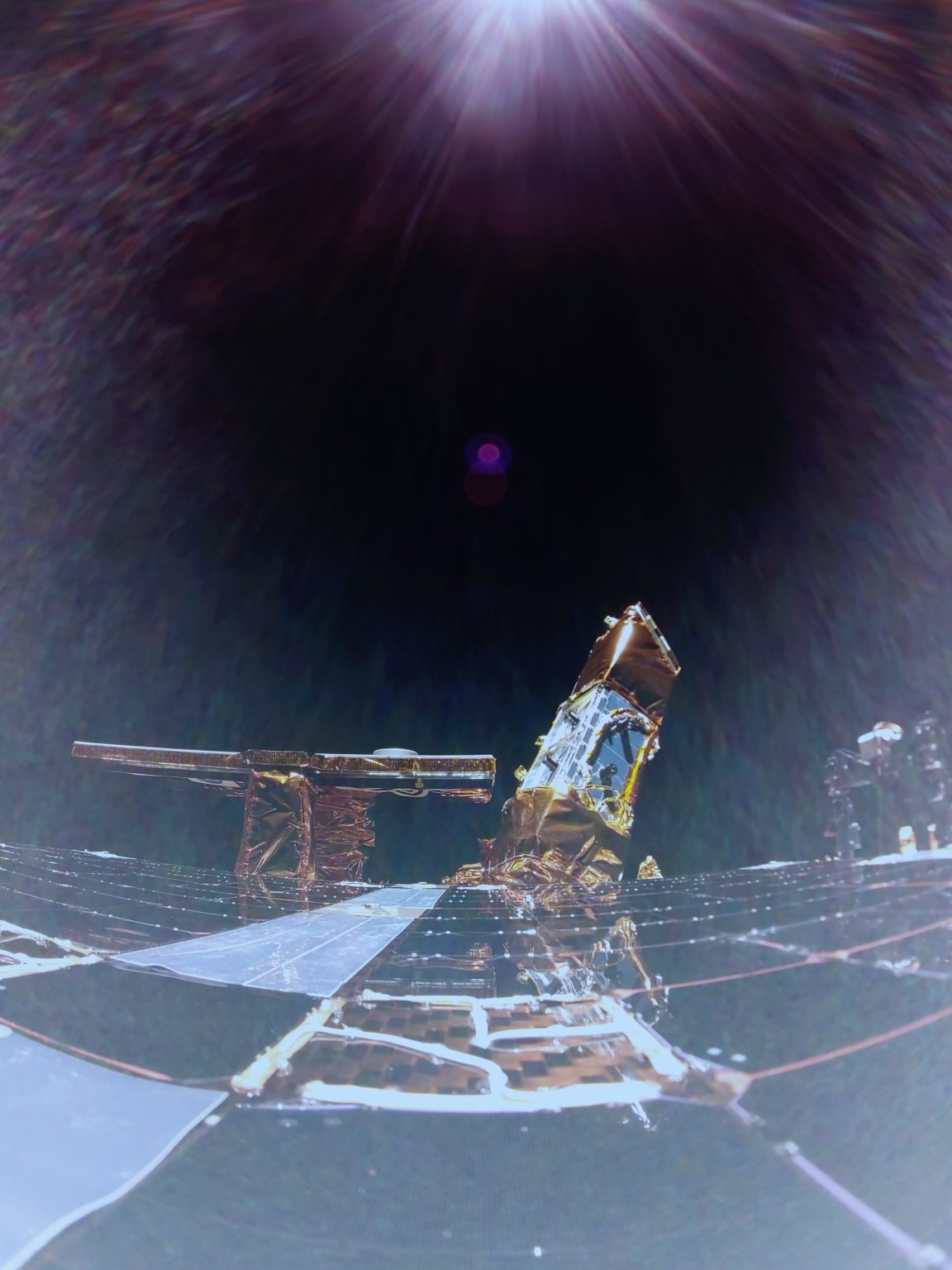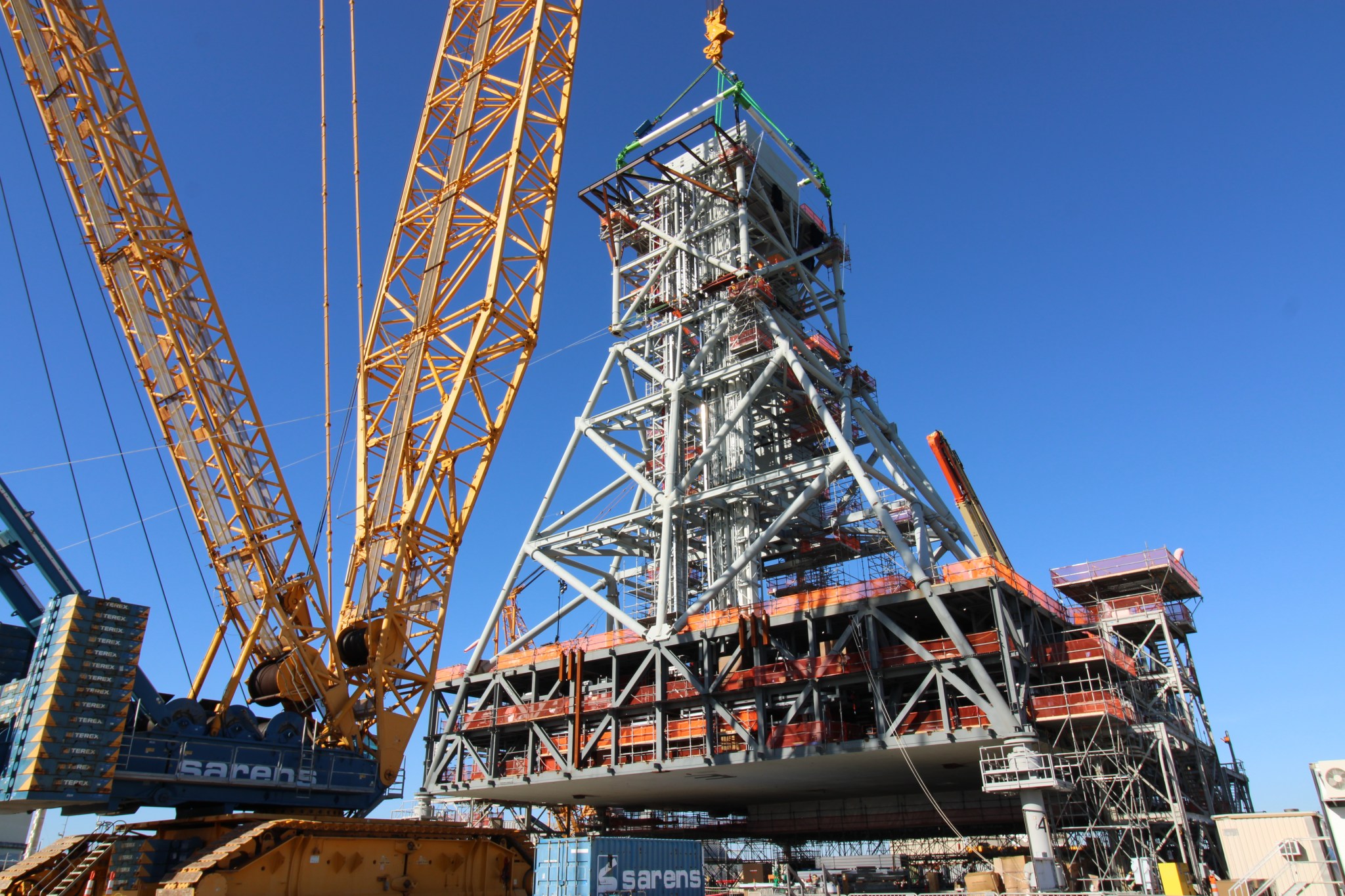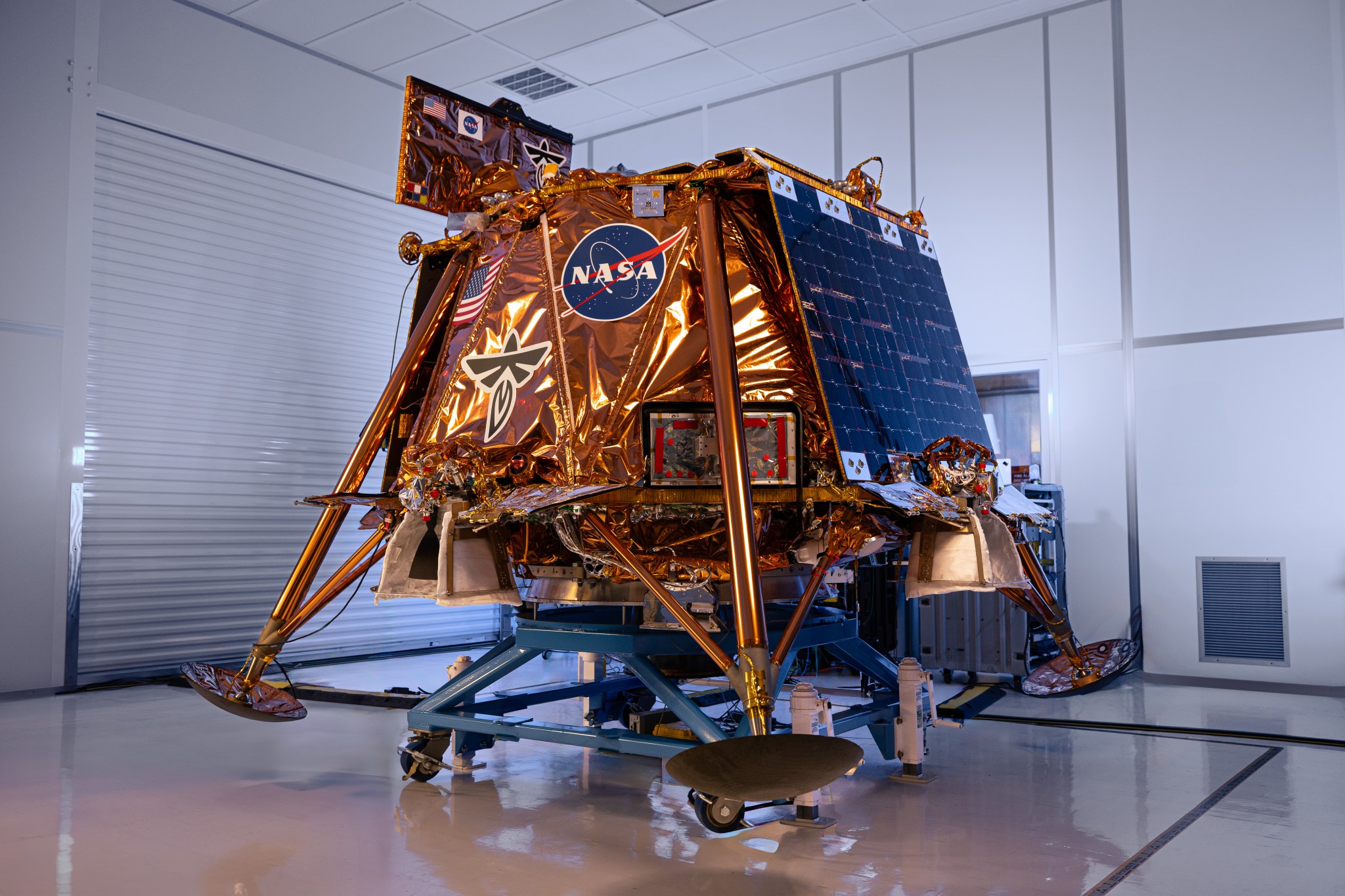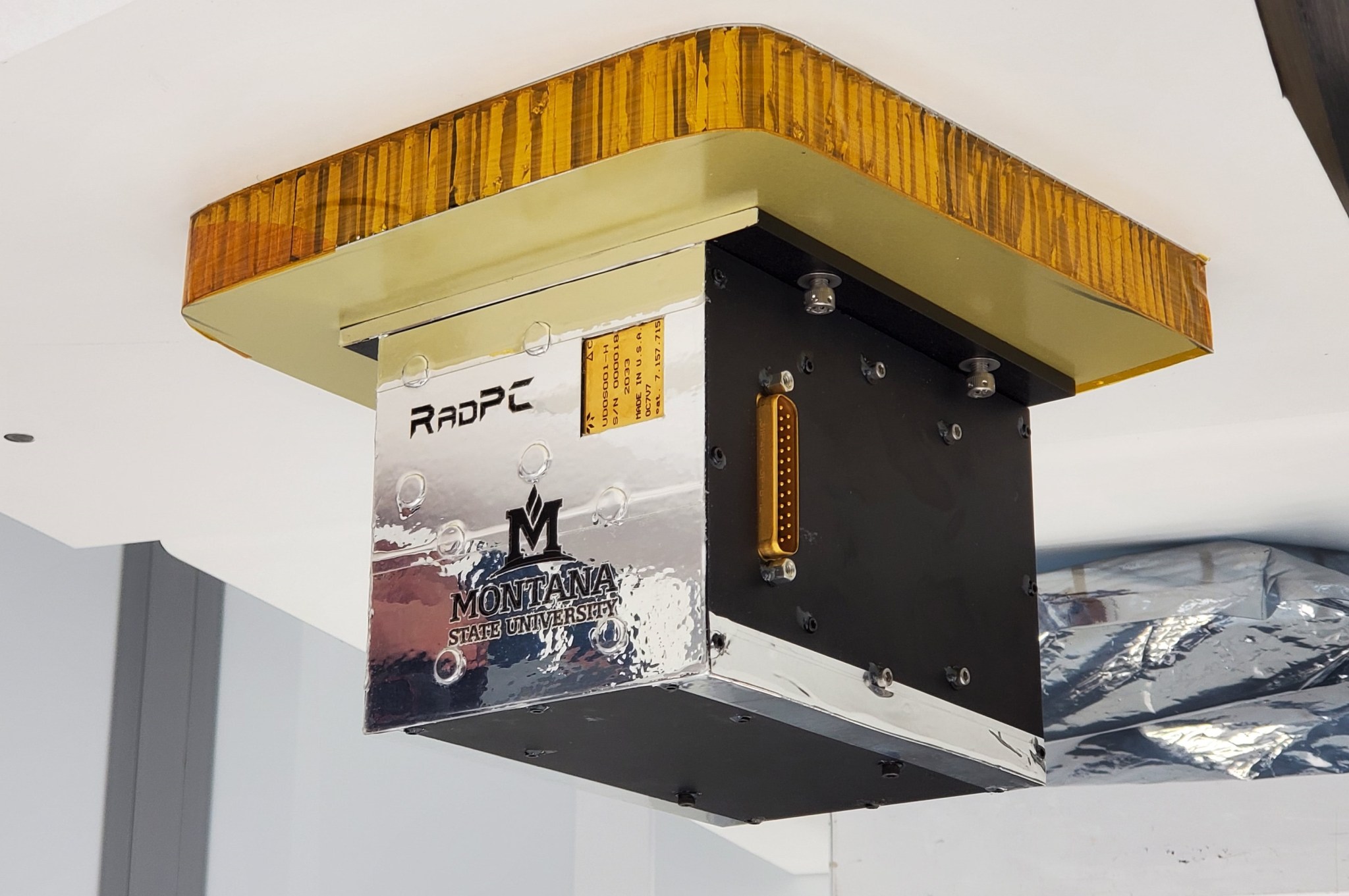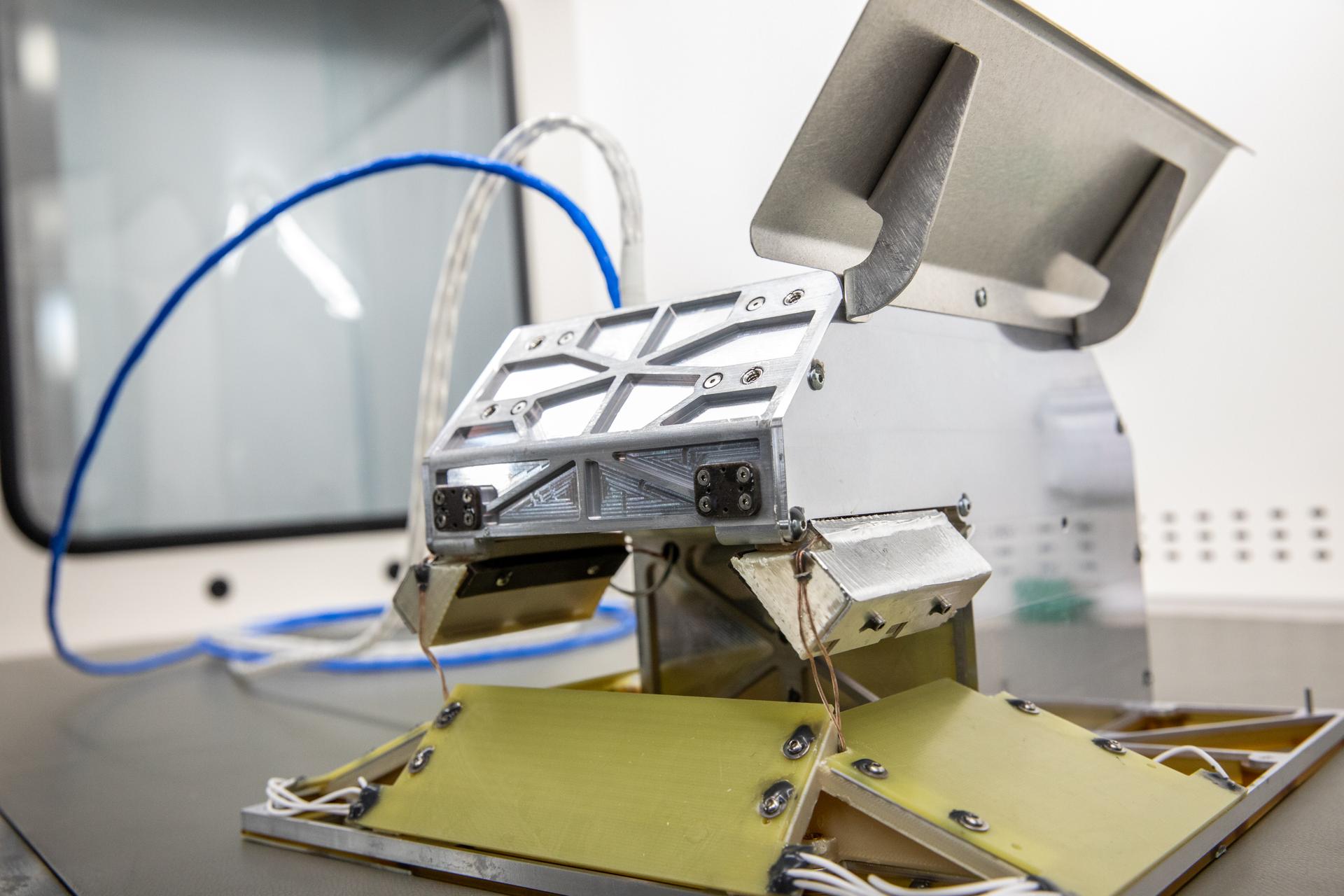Firefly’s Blue Ghost lunar lander captured a bright image of the Moon’s South Pole (on the far left) through the cameras on its top deck, while it travels to the Moon as part of NASA’s CLPS (Commercial Lunar Payload Services) initiative and Artemis campaign. Credits: Firefly Aerospace With a suite of NASA science and technology on board, Firefly Aerospace is targeting no earlier than 3:45 a.m. EST on Sunday, March 2, to land the Blue Ghost lunar lander on the Moon. Blue Ghost is slated to touch down near Mare…
Read MoreTag: Artemis
NASA Tests in Simulated Lunar Gravity to Prep Payloads for Moon
3 min read Preparations for Next Moonwalk Simulations Underway (and Underwater) Launch of Blue Origin’s New Shepard suborbital rocket system on Feb. 4, 2025. During the flight test, the capsule at the top detached from the booster and spun at approximately 11 rpm to simulate lunar gravity for the NASA-supported payloads inside. Blue Origin The old saying — “Practice makes perfect!” — applies to the Moon too. On Tuesday, NASA gave 17 technologies, instruments, and experiments the chance to practice being on the Moon… without actually going there. Instead, it…
Read MoreNASA to Talk Science, Tech Aboard Next Intuitive Machines Moon Flight
As part of NASA’s CLPS (Commercial Lunar Payload Services) initiative and Artemis campaign, Intuitive Machines’ second delivery to the Moon will carry NASA technology demonstrations and science investigations on their Nova-C class lunar lander. Credit: Intuitive Machines NASA will host a media teleconference at 1 p.m. EST Friday, Feb. 7, to discuss the agency’s science and technology flying aboard Intuitive Machines’ second flight to the Moon. The mission is part of NASA’s CLPS (Commercial Lunar Payload Services) initiative and Artemis campaign to establish a long-term lunar presence. Audio of the…
Read MoreHow to Fly NASA’s Orion Spacecraft
During the Artemis II mission to the Moon, NASA astronauts Reid Wiseman and Victor Glover will take control and manually fly Orion for the first time, evaluating the handling qualities of the spacecraft during a key test called the proximity operations demonstration. This is how to fly Orion. On NASA’s Artemis II test flight, the first crewed mission under the agency’s Artemis campaign, astronauts will take the controls of the Orion spacecraft and periodically fly it manually during the flight around the Moon and back. The mission provides the first…
Read MoreNASA Invites Media to Second Intuitive Machines Launch to Moon
Caption: As part of NASA’s CLPS (Commercial Lunar Payload Services) initiative and Artemis campaign, Intuitive Machines’ second delivery to the Moon will carry NASA technology demonstrations and science investigations on their Nova-C class lunar lander. Credit: Intuitive Machines For the second time, Intuitive Machines will launch a lunar lander to deliver NASA technology demonstrations and science investigations to the Moon for the benefit of all. Media accreditation is open for the IM-2 launch, part of NASA’s CLPS (Commercial Lunar Payload Services) initiative and Artemis campaign to establish a long-term presence…
Read MoreNASA Space Tech’s Favorite Place to Travel in 2025: The Moon!
4 Min Read NASA Space Tech’s Favorite Place to Travel in 2025: The Moon! The first image from space of Firefly's Blue Ghost mission 1 lunar lander as it begins its 45-day transit period to the Moon. Credits: Firefly Aerospace NASA Space Technology has big travel plans for 2025, starting with a trip to the near side of the Moon! Among ten groundbreaking NASA science and technology demonstrations, two technologies are on a ride to survey lunar regolith – also known as “Moon dust” – to better understand surface interactions…
Read MoreNASA Kennedy Ground Systems Prepping Hardware for Artemis II, Beyond
Teams with NASA are gaining momentum as work progresses toward future lunar missions for the benefit of humanity as numerous flight hardware shipments from across the world arrived at the agency’s Kennedy Space Center in Florida for the first crewed Artemis flight test and follow-on lunar missions. The skyline at Kennedy will soon see added structures as teams build up the ground systems needed to support them. Crews are well underway with parallel preparations for the Artemis II flight, as well as buildup of NASA’s mobile launcher 2 tower for…
Read MoreNASA Sets Coverage for Firefly First Commercial Robotic Moon Launch
As part of NASA’s CLPS (Commercial Lunar Payload Services) initiative and Artemis campaign, Firefly Aerospace’s Blue Ghost Mission One lander will carry 10 NASA science and technology instruments to the Moon’s near side. Credit: Firefly Aerospace Carrying NASA science and technology to the Moon as part of the agency’s CLPS (Commercial Lunar Payload Services) initiative and Artemis campaign, Firefly Aerospace’s Blue Ghost Mission 1 is targeting launch Wednesday, Jan. 15. The mission will lift off on a SpaceX’s Falcon 9 rocket from Launch Complex 39A at the agency’s Kennedy Space…
Read MoreNASA to Test Solution for Radiation-Tolerant Computing in Space
3 min read Preparations for Next Moonwalk Simulations Underway (and Underwater) The Radiation Tolerant Computer, or RadPC, payload undergoes final checkout at Montana State University in Bozeman, which leads the payload project. RadPC is one of 10 NASA payloads set to fly aboard the next delivery for NASA’s CLPS (Commercial Lunar Payload Services) initiative in 2025. RadPC prototypes previously were tested aboard the International Space Station and Earth-orbiting satellites, but the technology demonstrator will undergo its biggest trial in transit to the Moon – passing through the Earth’s Van Allen…
Read MoreElectrodynamic Dust Shield Heading to Moon on Firefly Lander
Inside of the Electrostatics and Surface Physics Laboratory at NASA’s Kennedy Space Center in Florida, an electrodynamic dust shield (EDS) is in view on Jan. 18, 2023. The dust shield is one of the payloads that will fly aboard Firefly Aerospace’s Blue Ghost lunar lander as part of NASA’s Commercial Lunar Payload Services (CLPS) initiative. NASA/Cory Huston Defeating dust may be a small concern for most people on Earth, but for astronauts and spacecraft destined for the Moon or Mars, it is a significant hazard that must be mitigated. That’s…
Read More